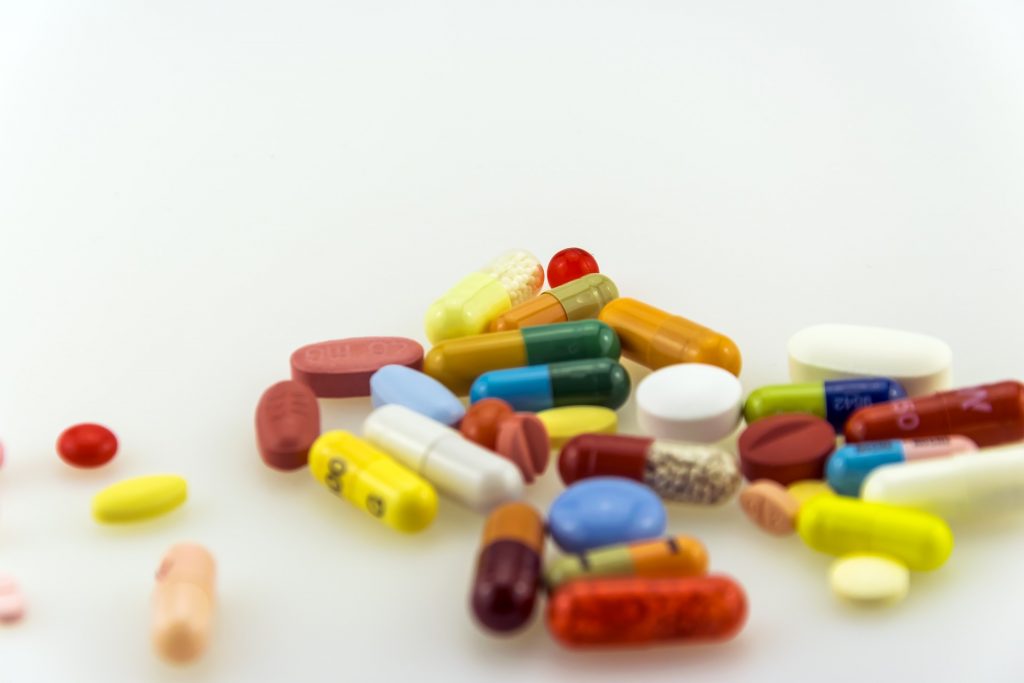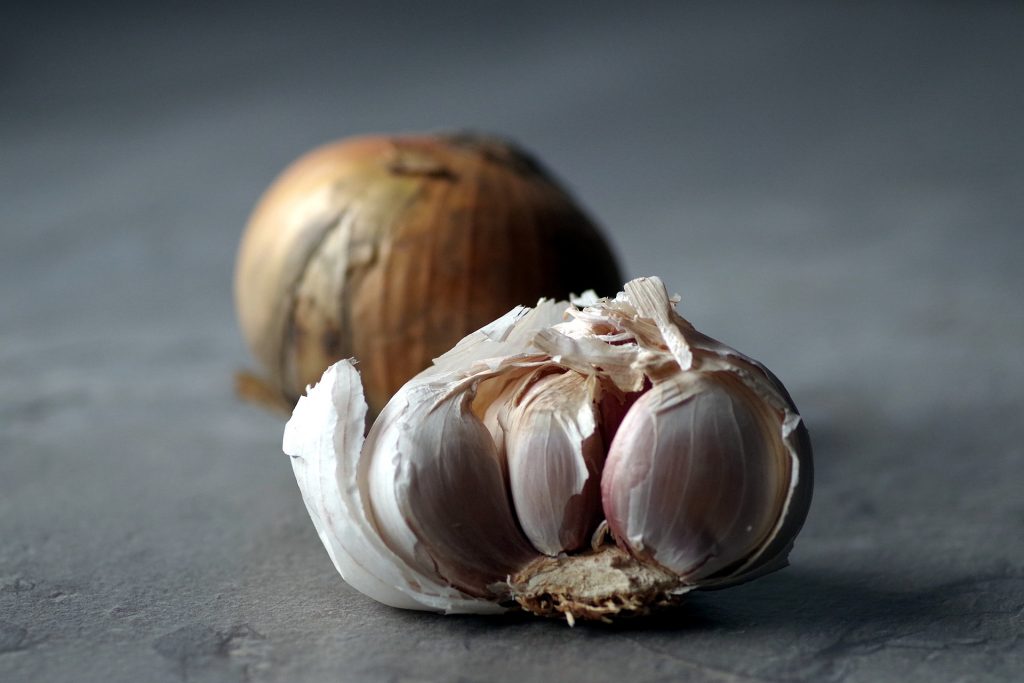 It is undeniable that the advent of antibiotics saved a large number of lives of people who would otherwise have died of bacterial infection. Penicillin was the first widely available antibiotic, but since this time a large number of antibiotics have been produced and now they are routinely given to animals and humans often for minor infections of the upper respiratory tract infection or prophylactically added to the food supply to increase food production. It has become evident that antibiotic use has become excessive and this has lead to a serious problem with antibiotic resistant strains of bacteria that are now immune to the antibiotics that were once used to kill them. Saving antibiotic use for the most severely ill patients, and using other strategies to improve the health of those with less serious infections would be a far more efficient and sustainable strategy to improve the health of populations as a whole. In this regard there are a number of factors that can be considered to achieve these goals.
It is undeniable that the advent of antibiotics saved a large number of lives of people who would otherwise have died of bacterial infection. Penicillin was the first widely available antibiotic, but since this time a large number of antibiotics have been produced and now they are routinely given to animals and humans often for minor infections of the upper respiratory tract infection or prophylactically added to the food supply to increase food production. It has become evident that antibiotic use has become excessive and this has lead to a serious problem with antibiotic resistant strains of bacteria that are now immune to the antibiotics that were once used to kill them. Saving antibiotic use for the most severely ill patients, and using other strategies to improve the health of those with less serious infections would be a far more efficient and sustainable strategy to improve the health of populations as a whole. In this regard there are a number of factors that can be considered to achieve these goals.

Antibiotic resistance is a serious issue. Avoiding the use of unnecessary antibiotics, and improving general health as much as possible are the best strategies to limit infections.
Firstly, bacterial infections are much less likely is a healthy population. Humans and animals have immune systems that are designed to identify, find and kill bacteria, before they have a chance of causing infection. Improving general health is therefore the most obvious way to limit the requirement for antibiotics. Claude Bernard described the health of the interior of the tissues as the milieu interieur, and suggested that the health of the internal terrain of the organisms was paramount in maintaining the health of the cells and their components. Eating high quality foods, rich in fruits and vegetables, with adequate high quality protein, the correct balance of essential nutrients, and living a relatively stress free life can go along way to supporting an immune system that is able to defend against pathogens such as bacteria and viruses. This is a basic requirement of human health but is sadly overlooked by most individuals, and as a result their health suffers and they become chronically ill and suffer frequent infections.
Another important strategy in maintaining health and preventing bacterial infections is the use of probiotics and prebiotics. Probiotics are ‘friendly’ bacteria required by the gut for correct function. These can include species such as Lactobacillus acidophilus and Bifidum bacteria which are colonisers of the gut and are required for the fermentation of food stuffs into useful and metabolically active components. In this process, these Gram-positive bacteria outcompete pathogenic Gram-negative bacteria for food, and this limits their growth and potentially reduces the chance of bacteria infection. Fermented milk products such as yoghurt, or supplements containing beneficial bacteria can significantly improve the health of the individual for this reason. Prebiotics are foods that can be used by the Gram-positive bacteria, and this increases their population sizes further. Foods containing fibre have prebiotic effects, and supplements of specific fibre types such as inulin and fructooligosaccharides (FOS) are also prebiotics.

Antibiotics can have serious health effects. Evidence shows that antibiotic use can cause mental health problems in some individuals, and use of doxycycline may increase depression and the risk of suicide. Natural antibiotic foods such as garlic provide a very useful and efficient alternative to pharmaceutical drugs.
Another more recent innovation is the use of predatory bacteria. While probiotics tend to kill pathogenic bacteria through the outcompeting of the bacteria for food, predatory bacteria actively kill the Gram-negative bacteria. Mice and rats are particularly susceptible to upper respiratory tract infections by Gram-negative bacteria. In rats and mice, Gram-negative predatory bacteria have been used to significant lower rates of infection caused by problematic pathogenic bacteria. In cell culture studies, the use of predatory bacteria such as Bdellovibrio bacteriovorus and Micavibrio aeruginosavorus have been investigated for their anti-pathogenic effects. In this regard, they have been shown to inhibit the growth of Acinetobacter, Aeromonas, Bordetella, Burkholderia, Citrobacter, Enterobacter, Escherichia, Klebsiella, Listonella, Morganella, Proteus, Pseudomonas, Salmonella, Serratia, Shigella, Vibrio and Yersinia in biofilms, suggesting the technology might have useful applications in humans health.
Eat Well, Stay Healthy, Protect Yourself
RdB
